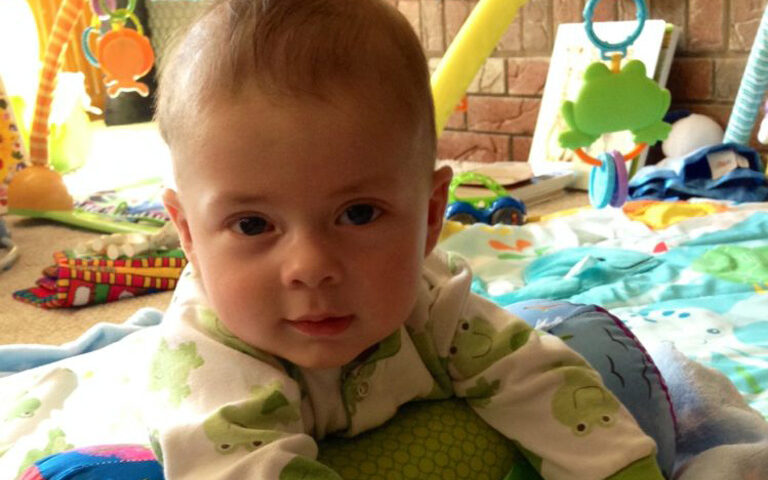
Celebrating the Holidays with Your Kids
December 10, 2021
Helping Toddlers Through Winter
February 5, 2022Autism and Physical Therapy
Helping Children Improve in Physical and Social Activity
Children diagnosed with Autism Spectrum Disorder (ASD) experience a variety of developmental differences, delays, and disorders. While common behaviors associated with ASD include lack of eye contact, biting, rocking, hand flapping, and fixation on certain routines, another issue is often low muscle tone and difficulty with gross motor coordination.
This means that children with ASD can have trouble running, kicking, and throwing— the typical activities that youngsters delight in, and which provide opportunities for socialization from a young age.
Physical therapists are trained to help with issues involving physical development. They work with children on building muscle strength, coordination, and mastering the physical skills critical to fitting in during recess, sports, and physical education. In this way, physical therapists aid not only in improving motor skills, but also in laying the groundwork for better socialization among peers.
Once a formal diagnosis of ASD is made by a trained specialist such as a Developmental Pediatrician or Child Psychologist, a Physical Therapist can help your child in gaining the typical motor skill development needed at their age level.
What is the Role of a Physical Therapist?
Children with autism spectrum disorder benefit from physical therapy because it can be customized to deal with their specific challenges in coordination for play and self-care, social situations, and daily living activities.
Some of the key areas in which a physical therapist can help children with ASD are:
- Children with autism may tend to walk on their toes. The physical therapist works to improve ankle mobility and calf flexibility, encouraging a walking style more in line with typical development.
- In ASD, low muscle tone can lead to balance issues, difficulty holding the trunk of the body upright, and in mastering common childhood activities. These activities can be improved through therapies like swimming, movement, and play therapy.
- Confidence and Mood. While physical therapists don’t work directly with socialization skills, helping children overcome delays in physical development have a significant impact on a child’s mood and behavior, as well as their confidence in meeting and playing with other children.
- Family Support and Education. A physical therapist helps parents and caregivers understand the limitations and opportunities of living with autism spectrum disorder. This helps parents provide the best support, including proper diet and exercise, the right sports programs, and special therapy equipment.
Physical therapists are movement experts, and they can help children with physical developmental delays make the most of the abilities they have, as well as improving the basics of strength, posture, and balance.
Early Treatments are the Most Effective
Physical Therapy is most effective when children begin treatment programs early, between the ages of 0 and 3. With very young children, physical therapists often focus on basic motor skills like sitting, rolling, standing, and running.
Starting physical therapy at a young age is often part of “Early Intervention.” Parents choose Early Intervention therapies because they have been shown to yield benefits both immediate and life-long in areas such as behavior, academic achievement, delinquency and crime, and eventual career attainment.
Physical Therapy and ABA Therapy
Physical Therapy is often used in combination with Applied Behavioral Analysis (ABA) therapy.
ABA (Applied Behavioral Analysis) is a science-based technique for behavioral engineering that starts with understanding the basis of behaviors and then rewarding positive behaviors and discouraging negative ones. ABA is used to help children with autism improve their social, communication, and play skills.
When used in conjunction with physical therapy, ABA therapy adds its techniques in positive behavior reinforcement to enhance training areas like stretching and flexibility, balance, eye-hand coordination, and more.
ABA is used to help children with autism improve their social, communication, and play skills. Positive reinforcement and individualized treatment plans can result in positive and meaningful behavioral change for children with ASD.
To learn more about the benefit of Developmental Therapy and ABA Therapy for children diagnosed with Autism Spectrum Disorder, call TEIS Early Intervention at 412-271-8347 or visit our Contact Us page to get help today.
You can also learn more about ABA Therapy in Pittsburgh at the new website for ABA Abilities.


 Send to a friend!
Send to a friend!